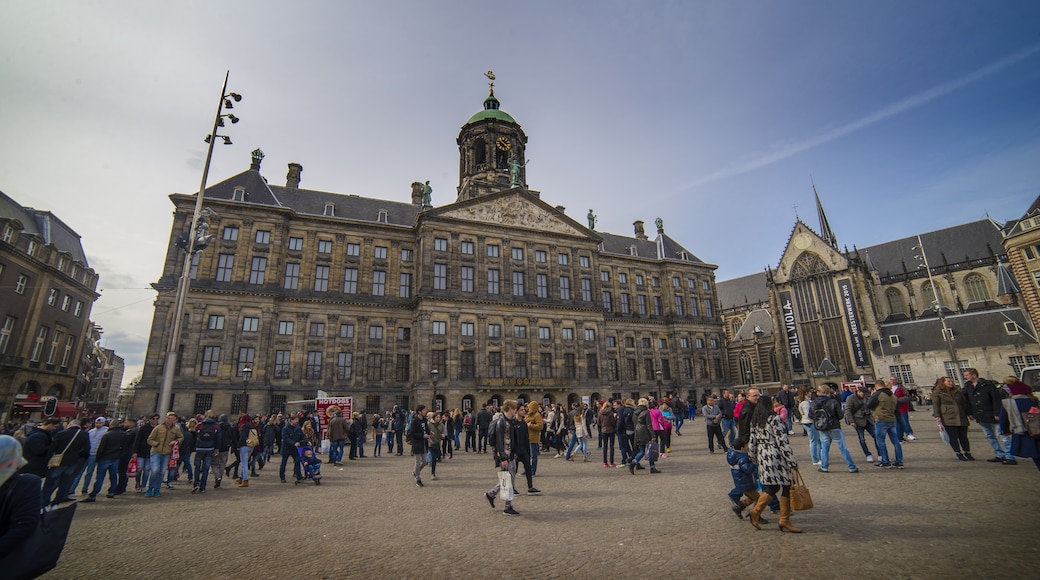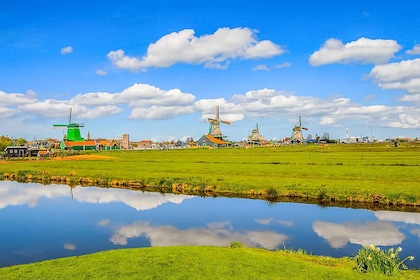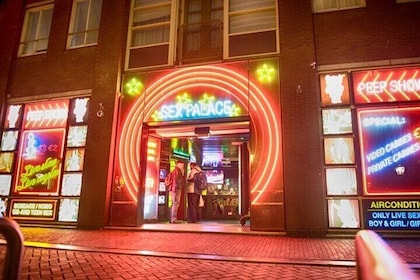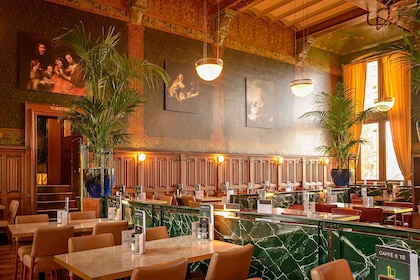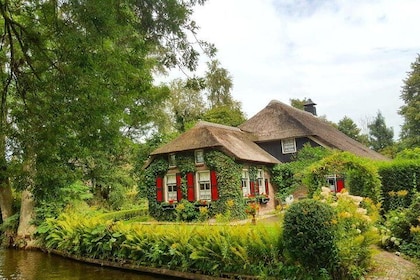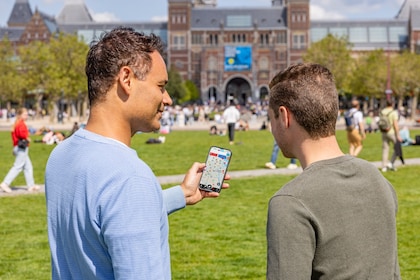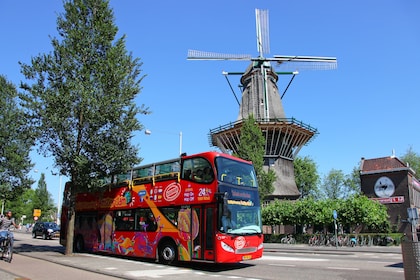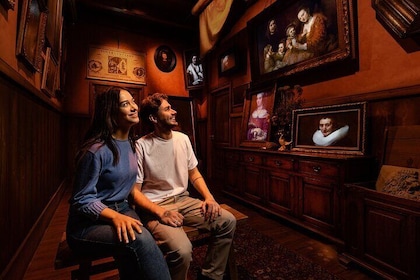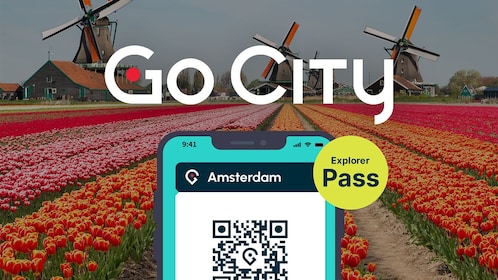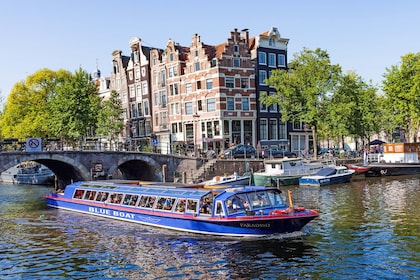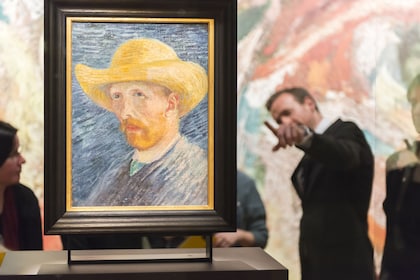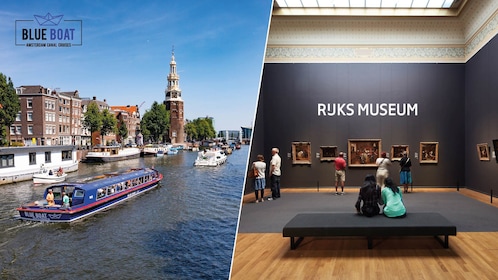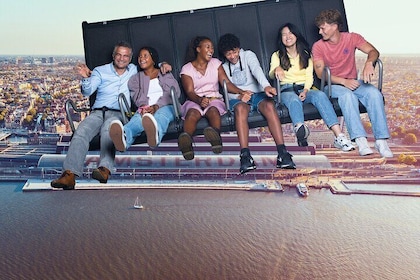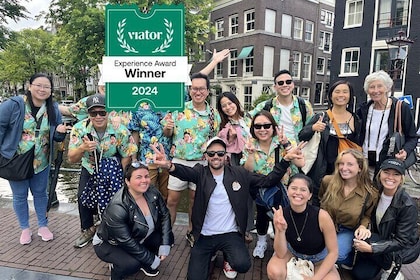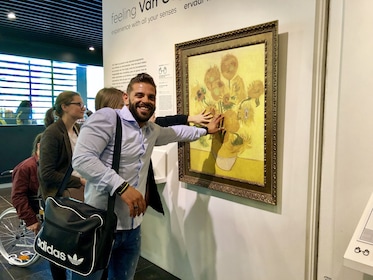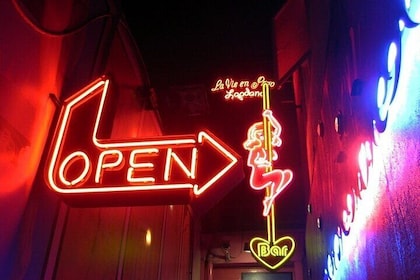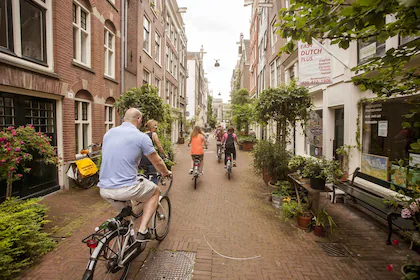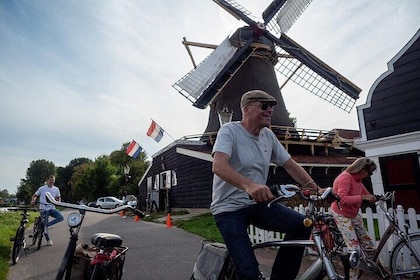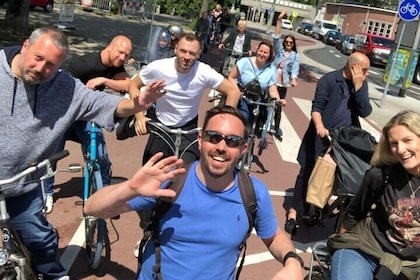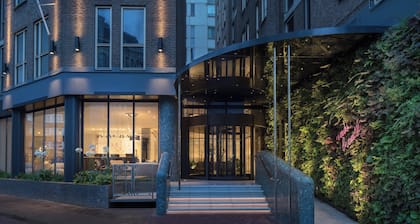The imposing 17th-century Nieuwe Kerk in Dam Square is one of the country’s most important churches. It has seen the coronations of Dutch monarchs from King William I in 1814 to the currently reigning King Willem-Alexander. See its exhibits of art and culture when the church is not serving a royal function.
Exhibits at the Nieuwe Kerk display artifacts of cultural and religious significance from all over the world. You will always find something new and varied to see in its frequently changing exhibitions. In recent years it has hosted displays on American Indian art and culture, the Ming Dynasty, Jewish culture and history, the history of the House of Orange and Islamic art and architecture.
Despite its name, the church is not new. It was added to the city during a time of population growth when parishioners could no longer be contained in the Oude Kerk (Old Church). The Nieuwe Kerk was originally built in the 15th century, but burned down in 1645. It was rebuilt almost immediately in Gothic style and underwent neo-Gothic renovations in the 19th and early 20th centuries. Inside the church, note how the high vaulted ceilings and whitewash give the structure a light, airy feel that is captured in the work of Golden Age artist Emanuel de Witte.
To enjoy inspiring organ music, time your visit for one of the fairly regular midday recitals. The church’s beautiful organ, the construction of which was completed in 1655. Take the time to see the ornate carved wooden pulpit, which took more than a decade to craft, and the stained-glass windows showing Queen Wilhelmina’s coronation. The church houses the tombs of many Dutch notables, including naval hero Admiral Michiel de Ruyter and the poet Vondel.
Enjoy a coffee and Dutch apple pie in the café flanking the Nieuwe Kerk. Gaze about at the majestic buildings surrounding Dam Square. The church is open daily from mid-morning until the end of the business day. There is a fee for entry and viewing the exhibits. Exhibition entry is free with the Amsterdam Museum Card. Ask staff for permission before taking photographs.

